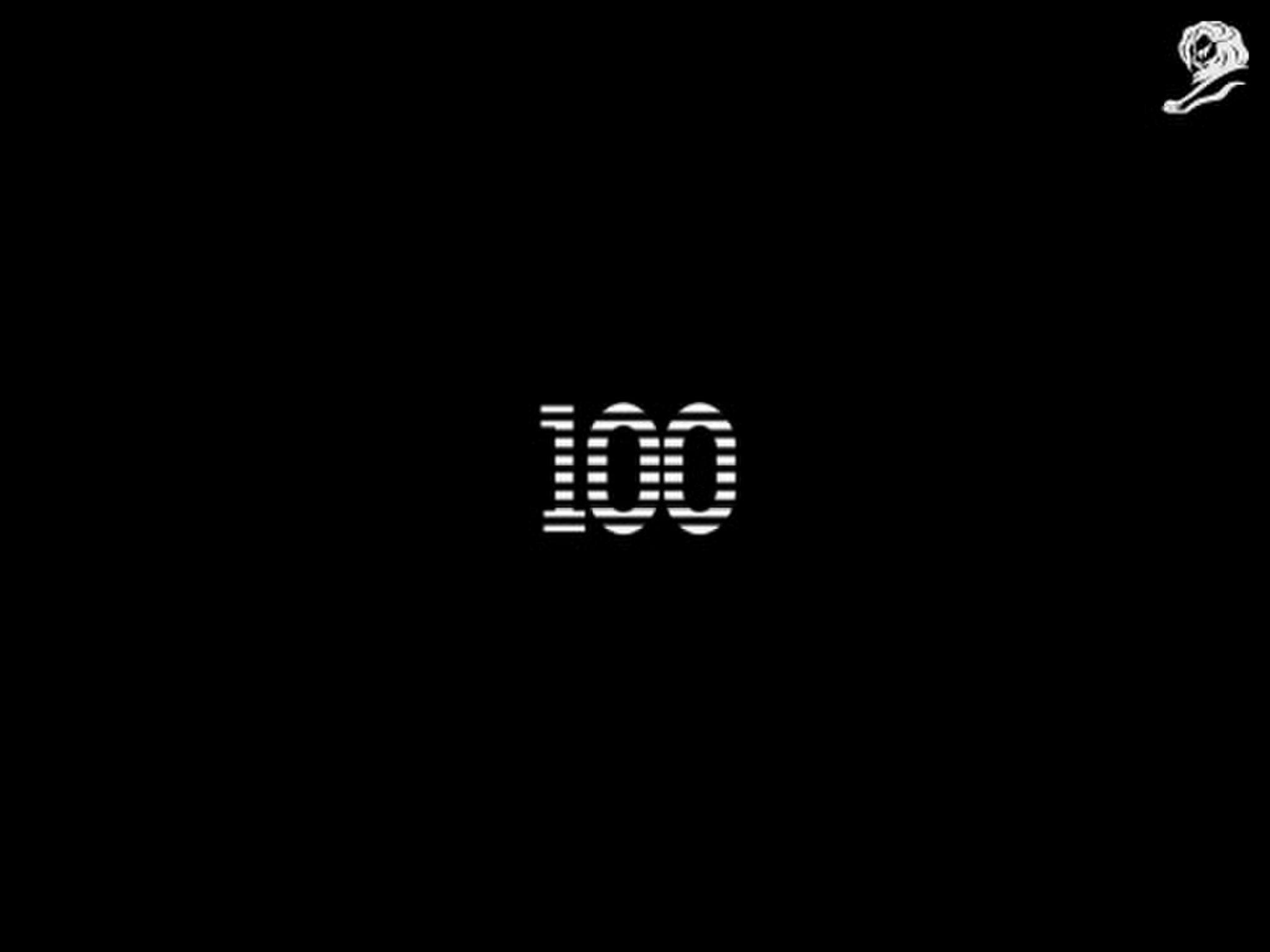Innovation > Innovation Lions
A BOY AND HIS ATOM: THE WORLD'S SMALLEST MOVIE
OGILVY NEW YORK, New York / IBM / 2013
Awards:

Overview
Credits
Overview
ClientBriefOrObjective
One of the ways IBM researchers make breakthroughs in the field of atomic memory and data storage is by studying atoms and atomic principles. To do that, they view, and even move, individual atoms. They do this with a scanning tunneling microscope, invented by IBM in the 1980s, which magnifies 100 million times and can move single atoms from one position to another. We used this technology to create the world’s smallest movie. Literally. Each frame of this film was made by moving hundreds of atoms to their exact placements by four scientists at IBM Research — Almaden. The frames were combined into an animation, which is now the Guinness World Records ™ record holder for World’s Smallest Stop-Motion Film, which tells the story of a boy and a wayward atom who meet and become friends.
The purpose of the movie? To advance one of IBM’s missions: spreading the word about science and getting children excited about the amazing world of science and technology.
Implementation
While IBM scientists have moved atoms before, they have never done anything approaching this scale (and neither has anyone else). The scientists worked in an extremely precise environment — in a vacuum at -268 Celsius. When the slightest thing went wrong, like an atomic-sized defect, the scientists had to halt production and fix it. Why did they spend so much time doing this? They loved the idea of using a movie, the smallest one ever made, to spread science and innovation to the world, especially to children.
The technological obstacle, other than moving all those atoms, was establishing a common language across all the different teams (director, animators, producers and scientists). With the scanning tunneling microscope, a tool developed by IBM scientists that allows them to get an accurate picture of the atoms lying on a surface, done by measuring the electric charge along a surface and using that to create a 3D picture that shows actual atoms, the scientists can move individual atoms from position A to position B, one by one. This handmade process compromised the amount of pixels we could move in every frame. We settled on 5,000 operations, or atom moves, so we had to create highly economic shapes. We created an animatic and wrote software to translate this video file to the system the scientists currently use in the lab. Our software allowed the scientists to have an accurate reference of the atoms and their positions in every frame. The scientists scanned every frame of the film the same way stop motion animators take pictures. The resulting exported files were compiled, then sequenced. No composition or post-production work was added, except for repeating the frames that created loops in some parts of the film and adjusting the contrast of the image.
Outcome
While this movie has just launched, the expectation is high. It has been officially named the Guinness World Records ™ record holder for World’s Smallest Stop-Motion Film. And both the scientific and creative communities were wowed by the project, as the animation was accepted into the Tribeca Online Film Festival and show at the New York Tech Meet-up, the World Science Festival, and at Epcot’s THINK exhibit. IBM loved this simple, shareable way to spread the word about science and data storage, and the film was accepted into the Tribeca Online Film Festival and shown at the New York Tech Meet-up and the World Science Festival.
The film, now in the top 1% of all most-watched YouTube videos, surpassed 1 million views in 24 hours, and 2 million views in 48 hours, with more than 27,000 likes. It was trending on twitter on its release day and totaled more than 21,000 social media mentions with 96% positive sentiment, increasing IBM social mentions by 137%. As of submission, the film garnered 2.4 million news impressions (not including television coverage) and 23.6 million impressions overall, effectively reaching all targets — the science, tech, film, education and entertainment communities — with a strong global reach (33% of online activity from Europe, 10% from China and 8% from India, Australia and Japan).
More Entries from Innovation Lions in Innovation
24 items
More Entries from OGILVY NEW YORK
24 items























